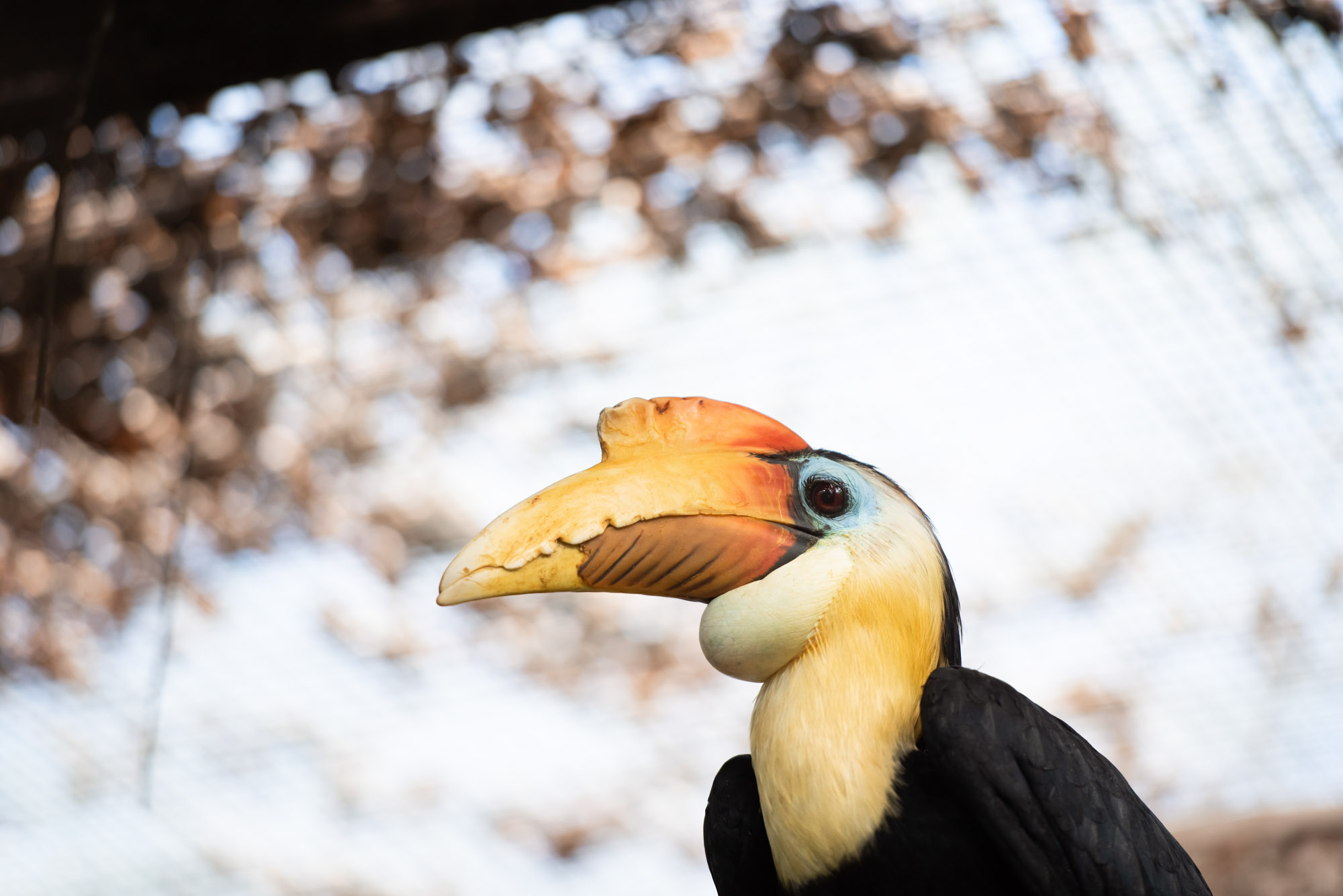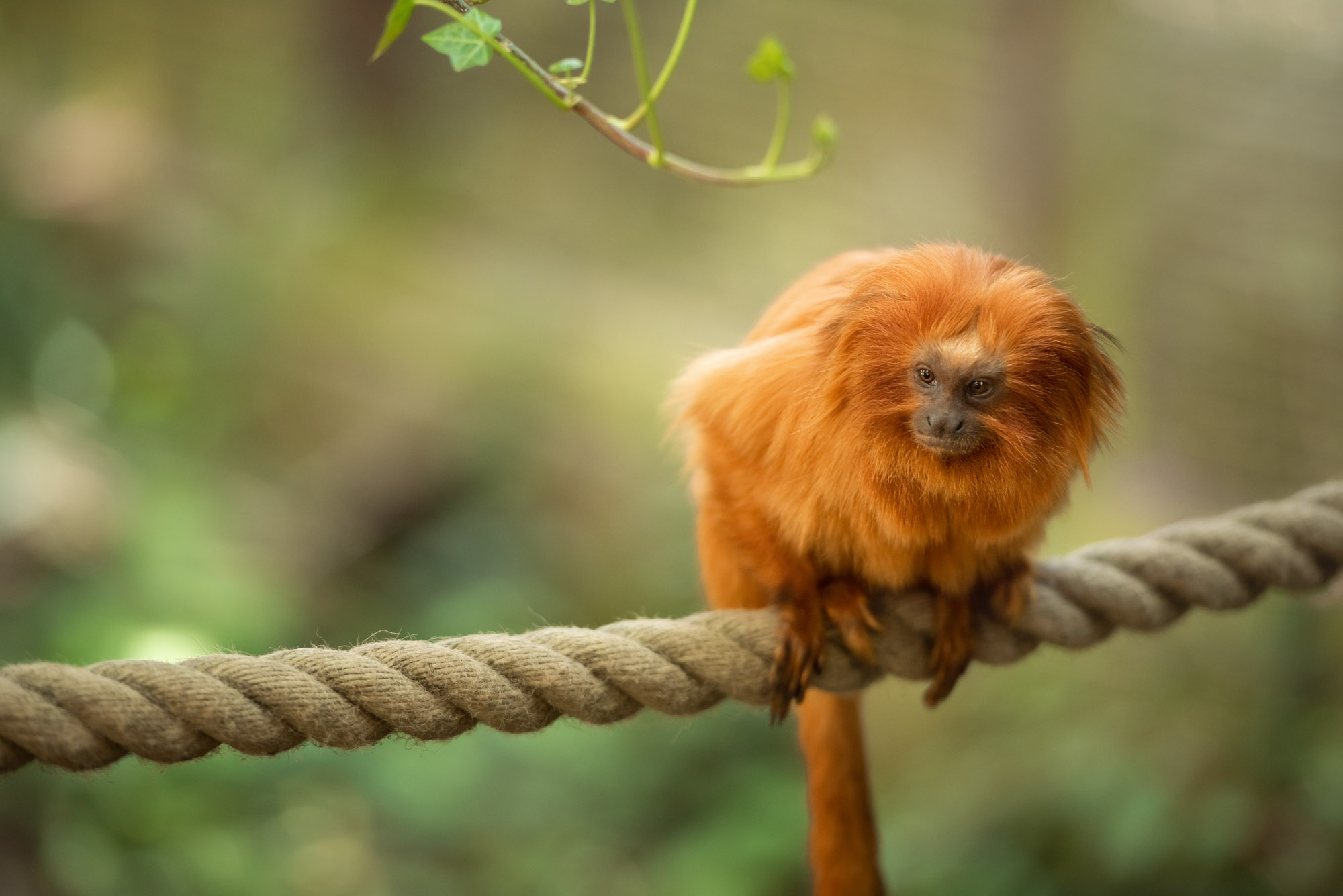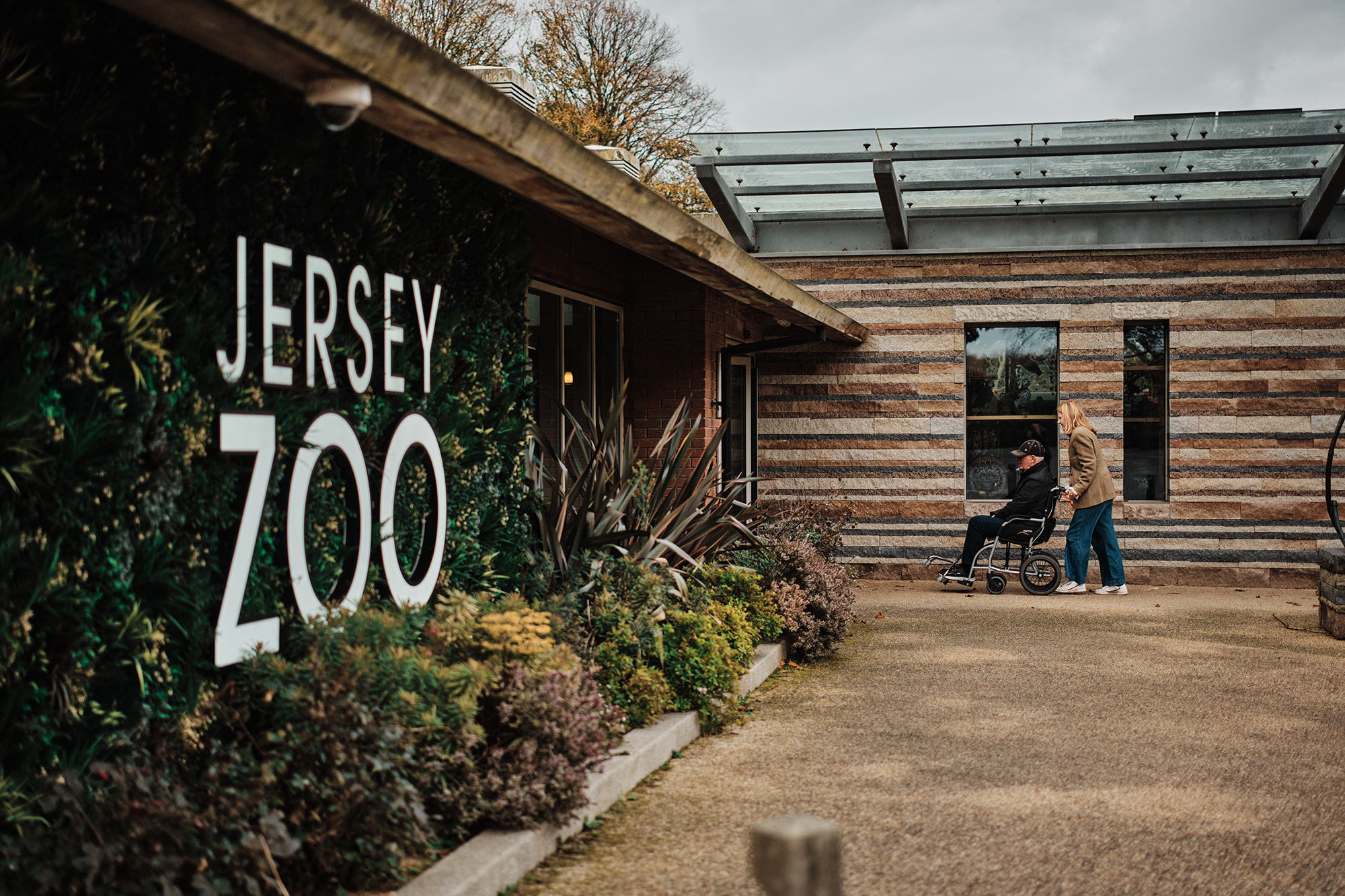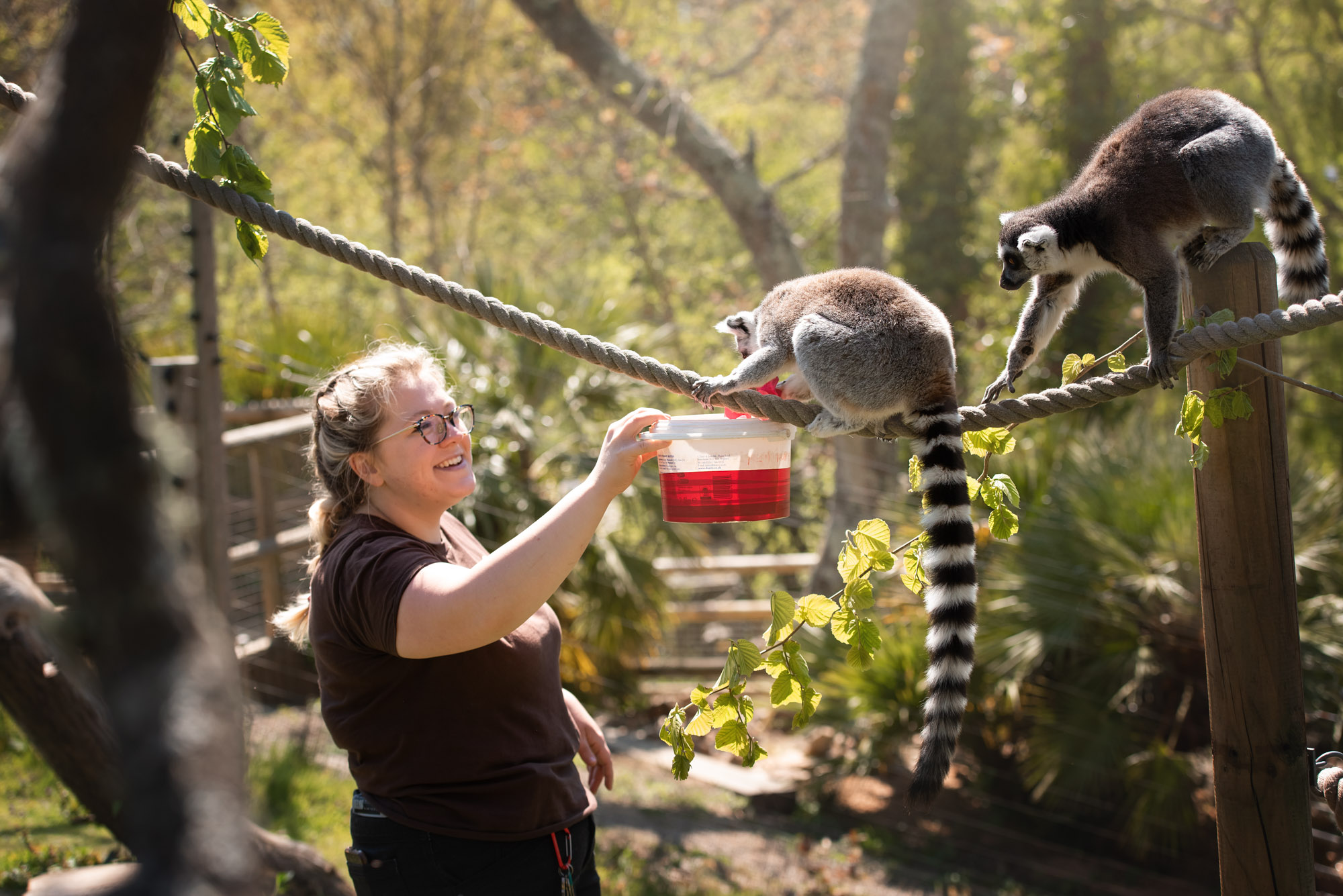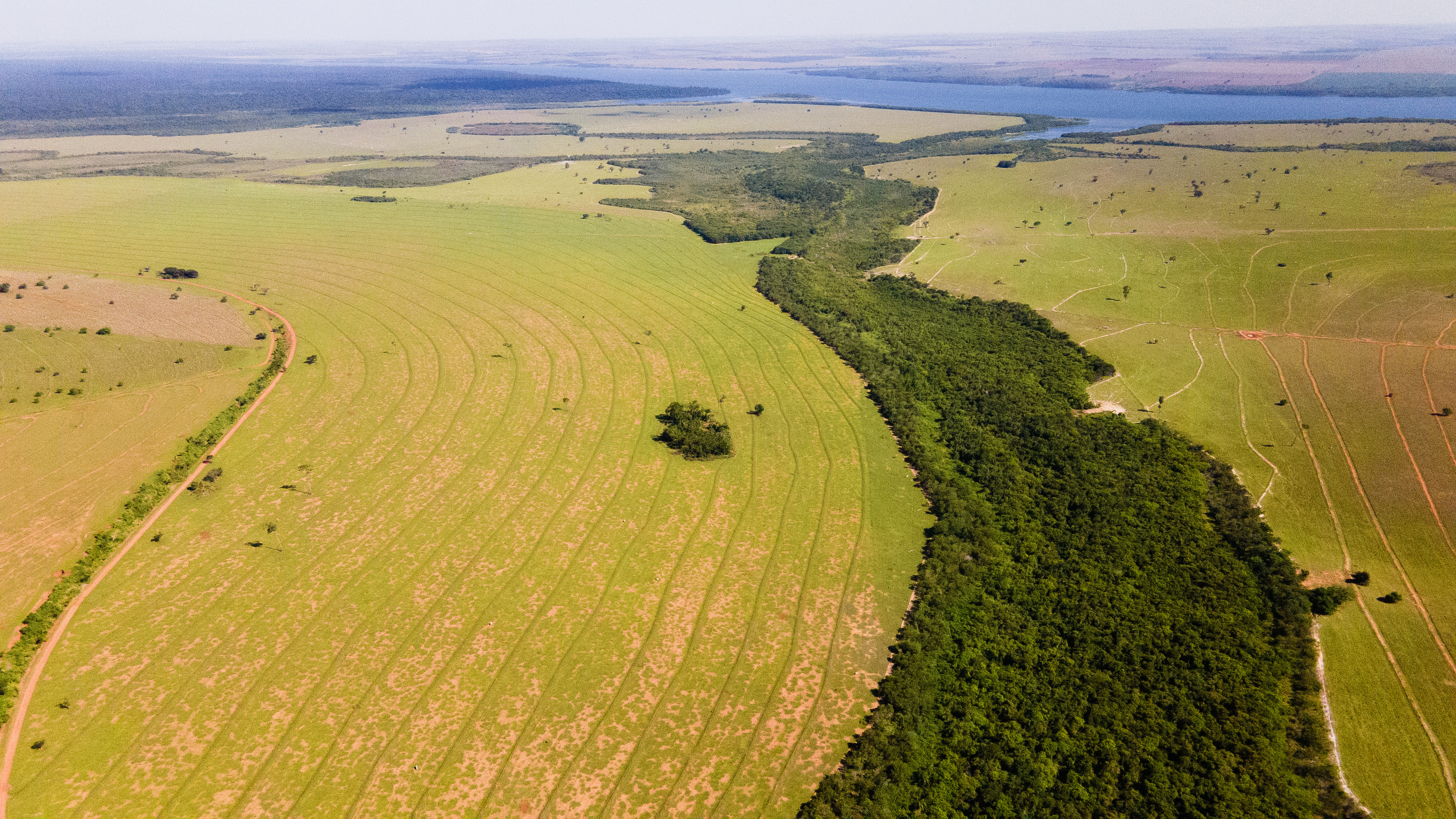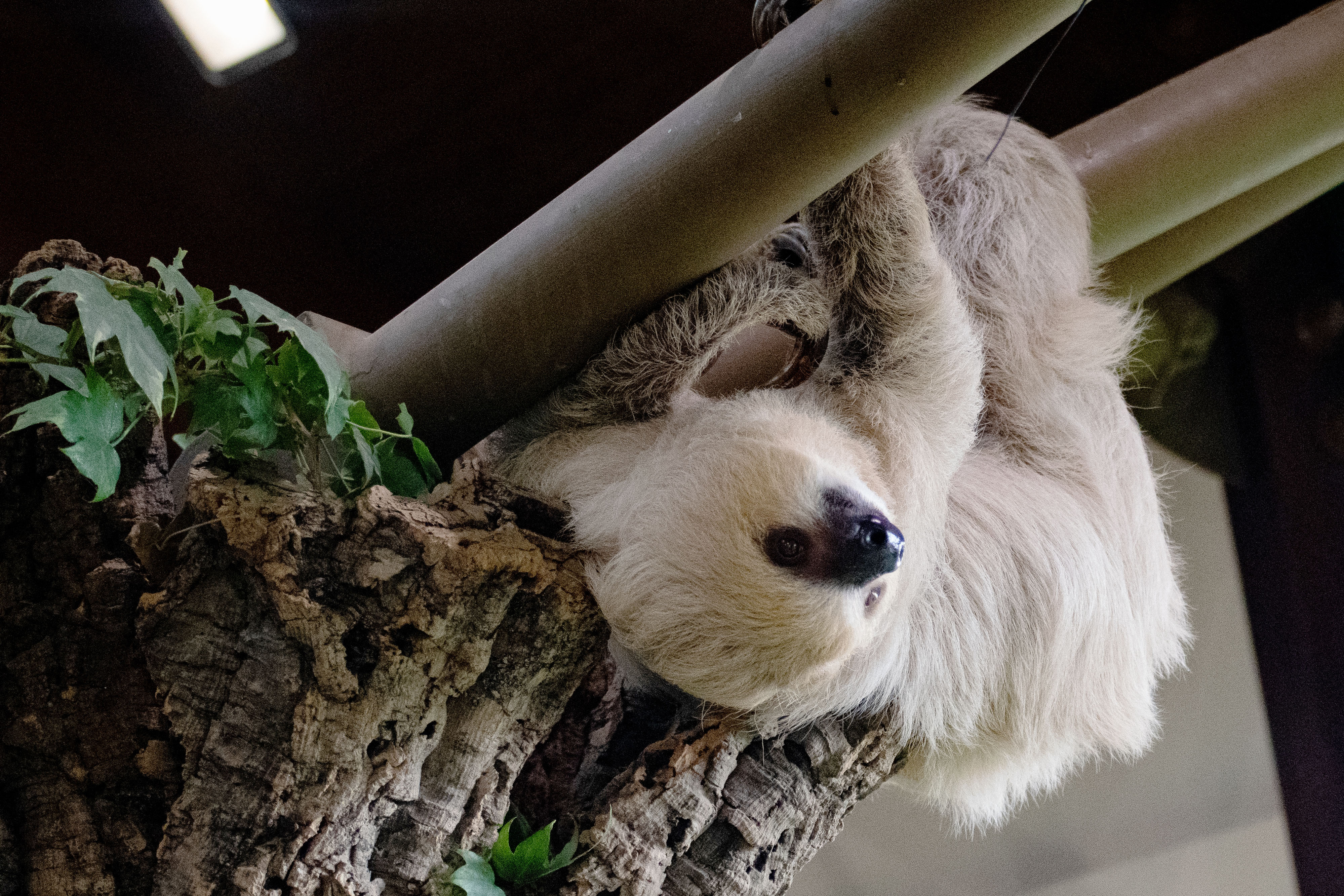The Saint Lucia racer is the rarest snake in the world
After being wiped out from mainland Saint Lucia by the invasive Indian mongoose, the Saint Lucia racer was thought to be extinct with no documented sightings since the 1800s. In 1973, a single Saint Lucia racer was found on Maria Major, a small island just 1km from the coast of Saint Lucia. The snake then became a protected species under the Saint Lucia Wildlife Protection Act and Maria Major was declared a nature reserve to protect its unique wildlife. Durrell began their work with the Saint Lucia racer in the 1990s, when two snakes were captured during a reptile survey of the island. Sightings of the snake are still very rare, but the presence of juvenile snakes on the island gives hope for the species.
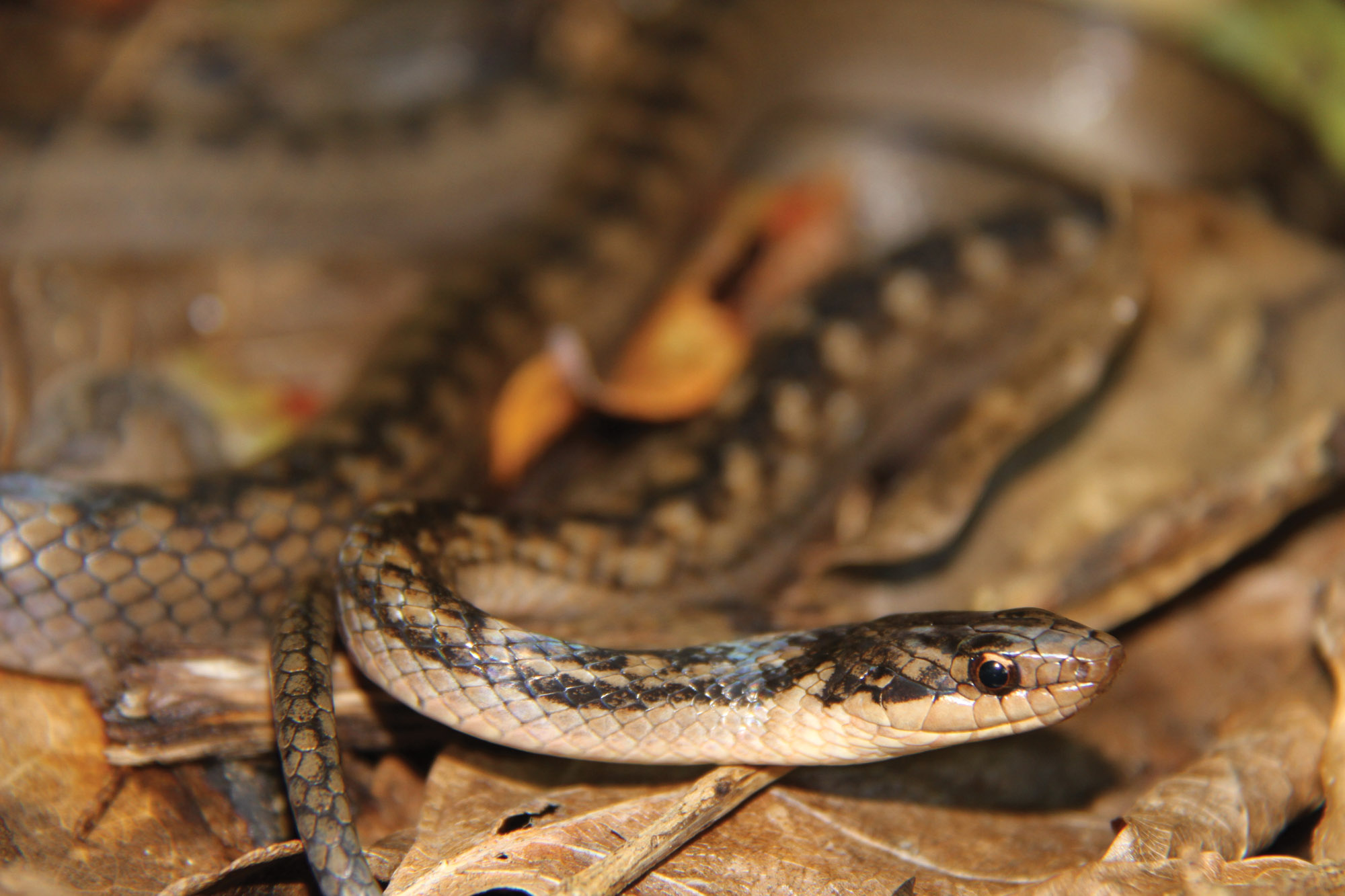
<100
estimated wild population
1m
maximum length
1
protected habitat
Our conservation work
What we're doing to help Saint Lucia racers
Support our work

